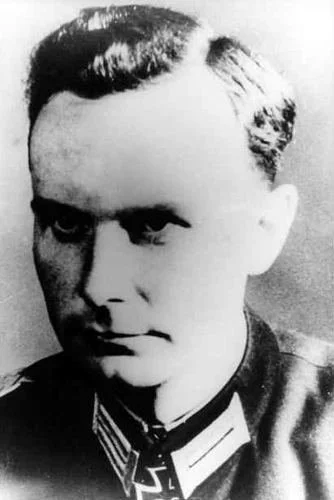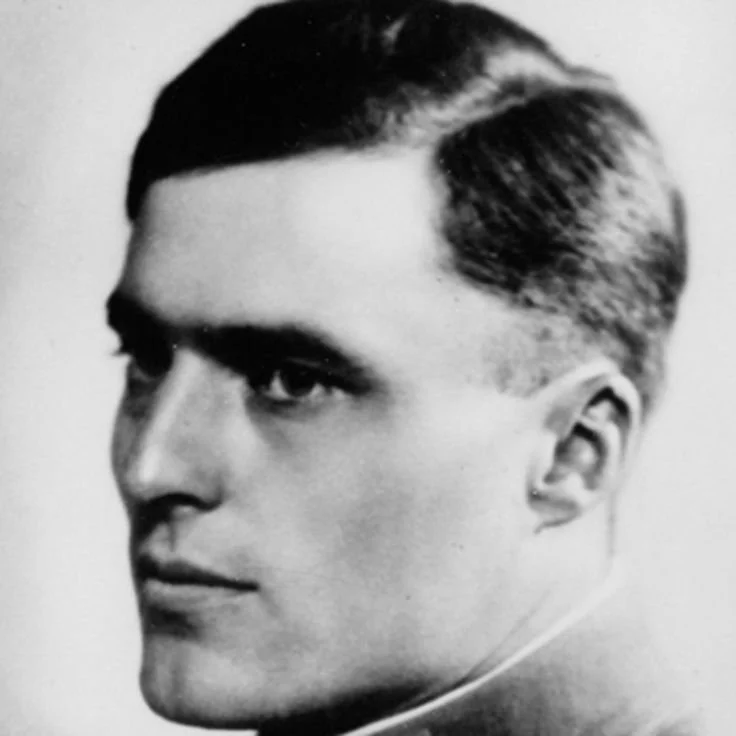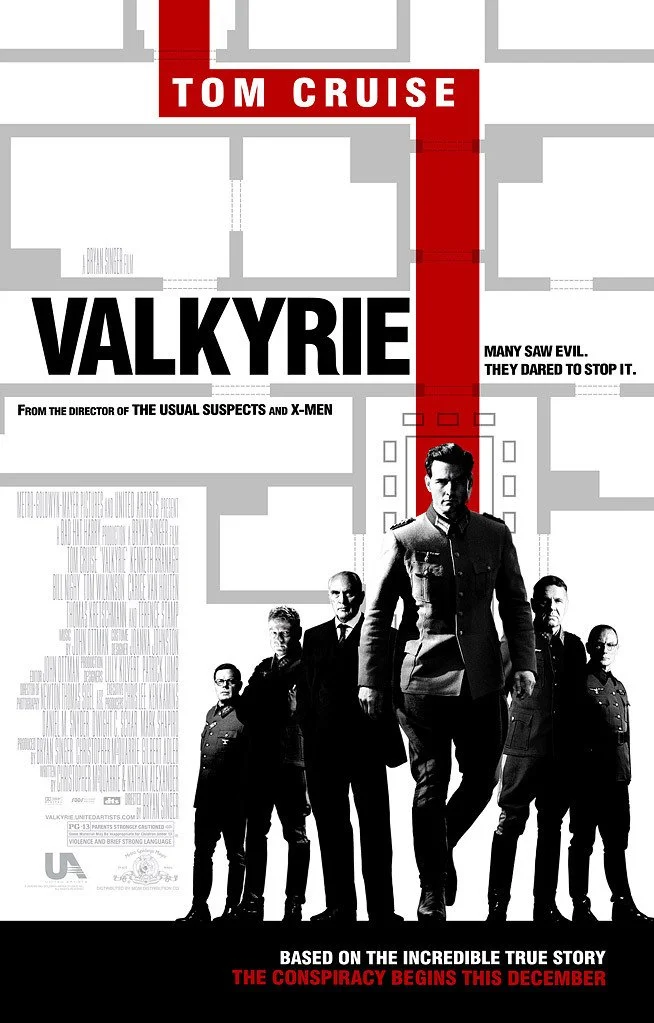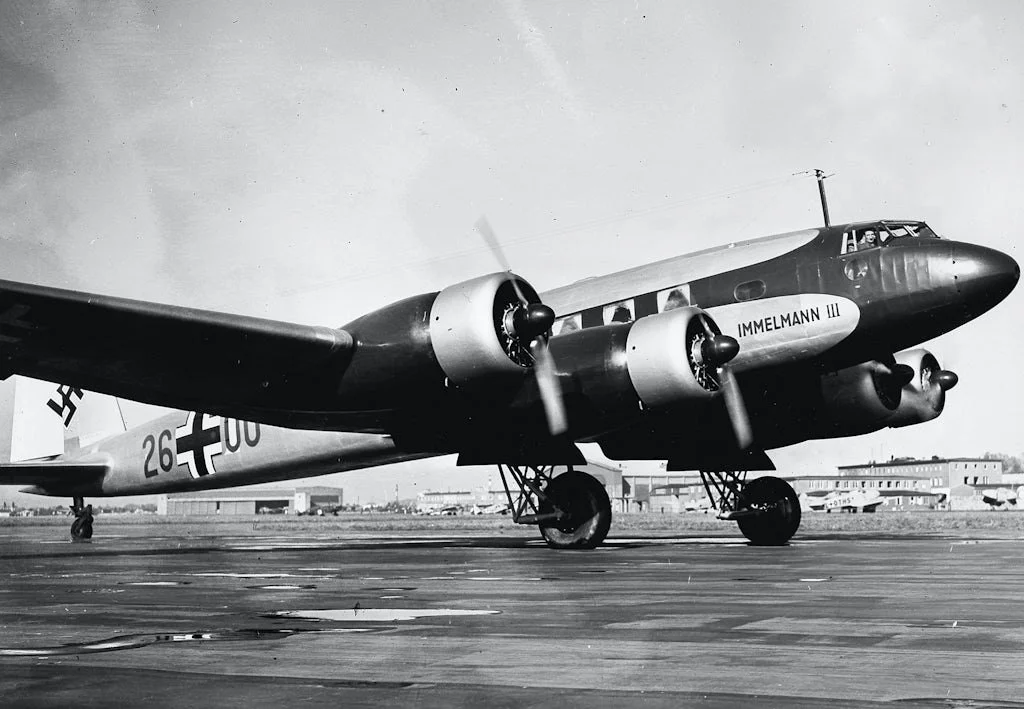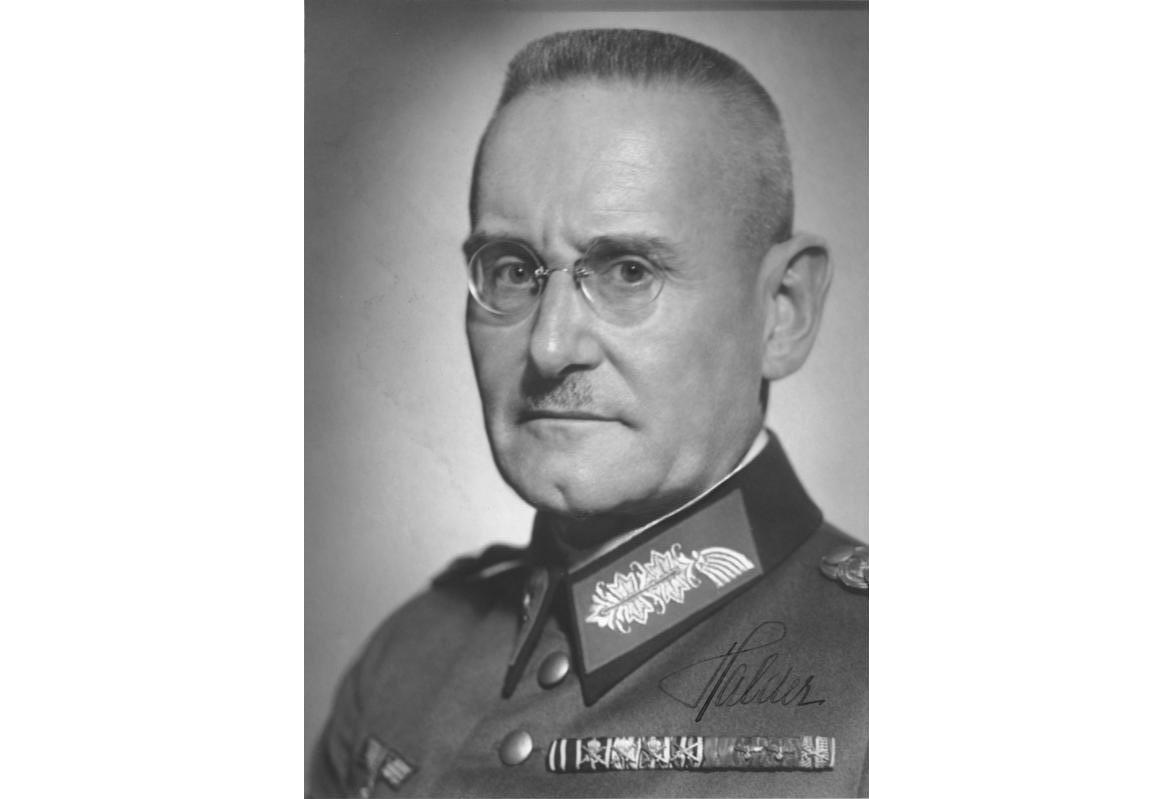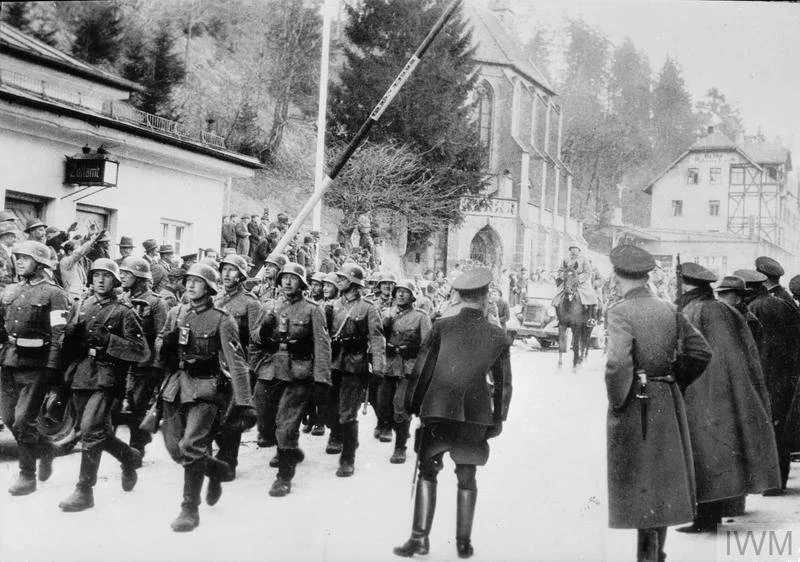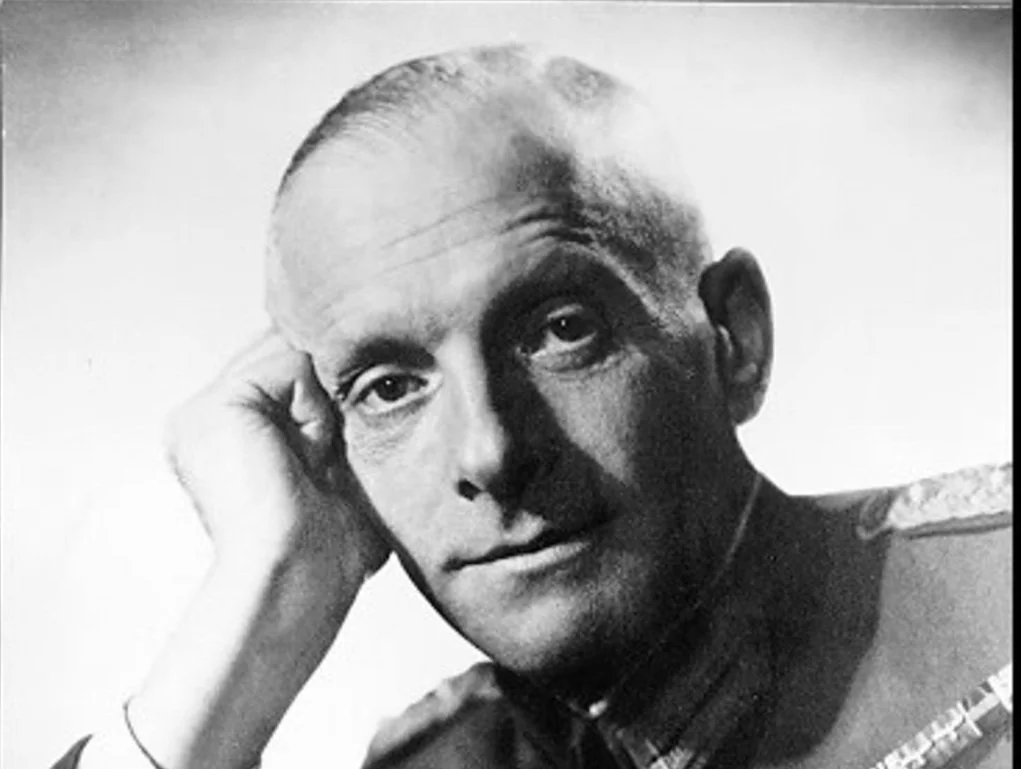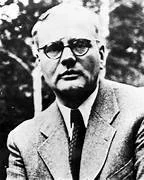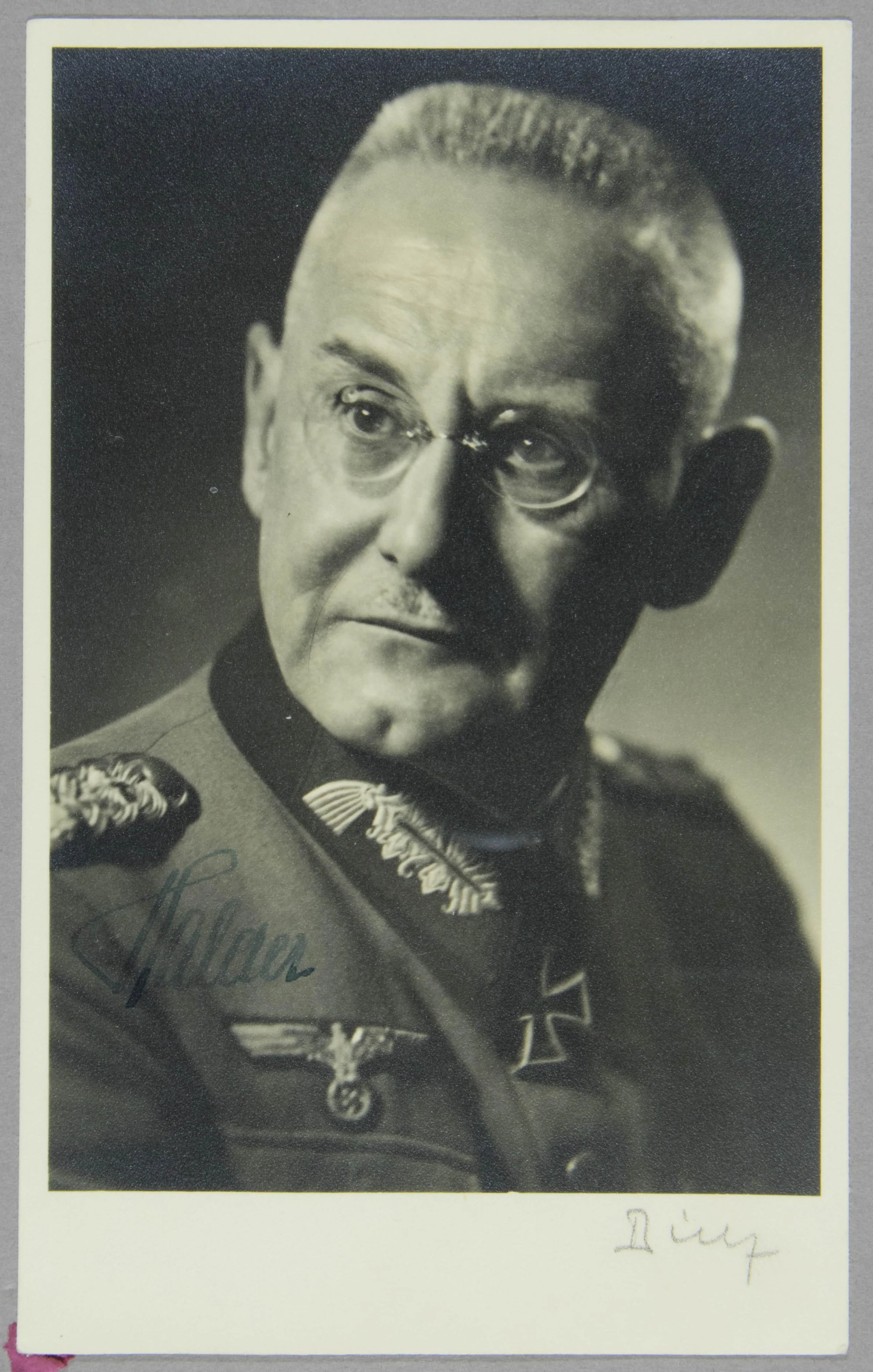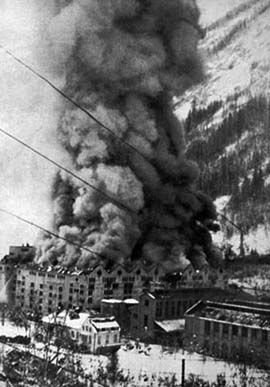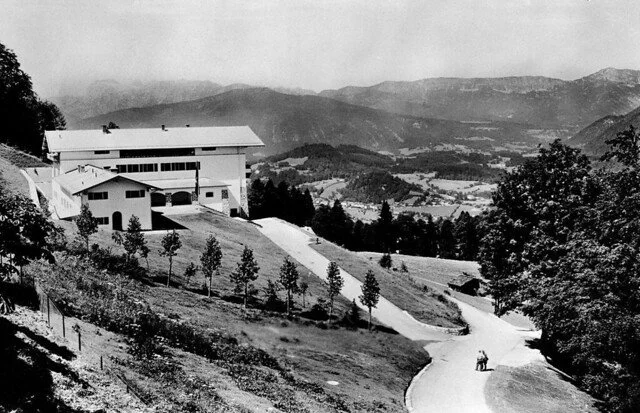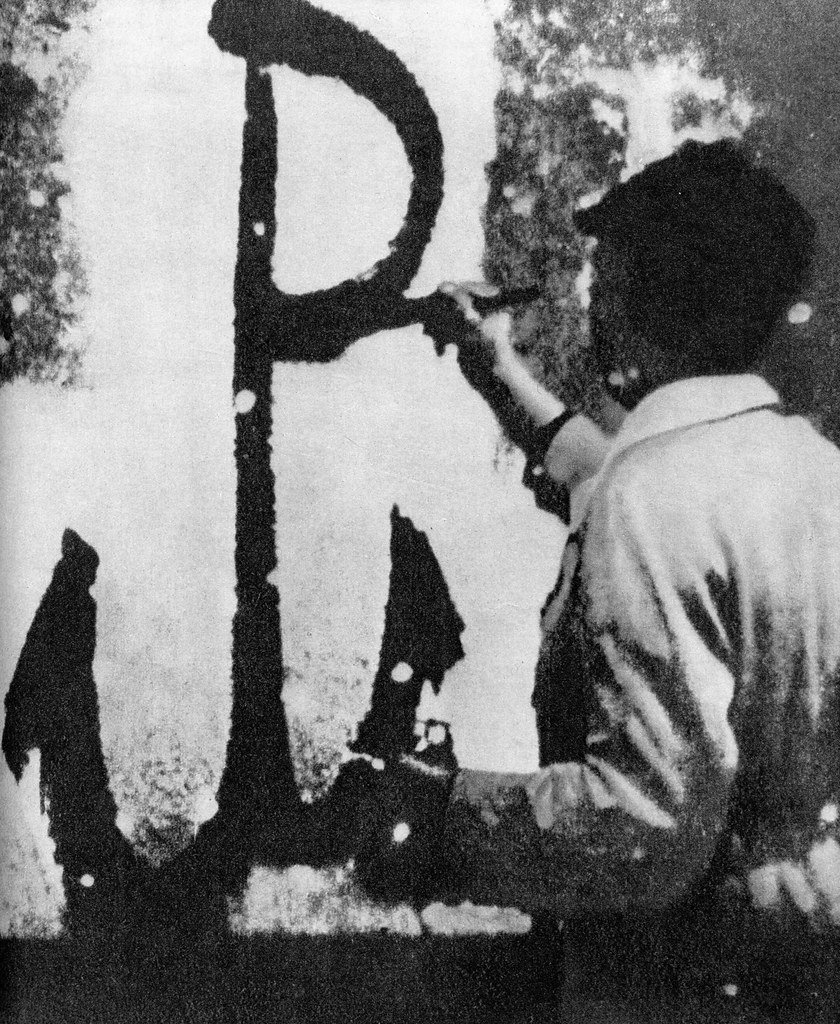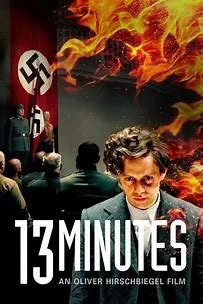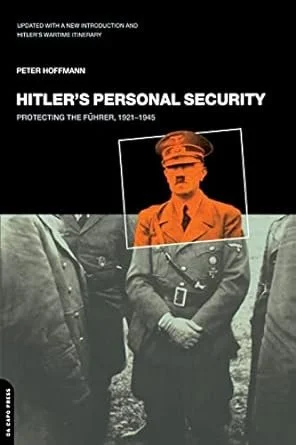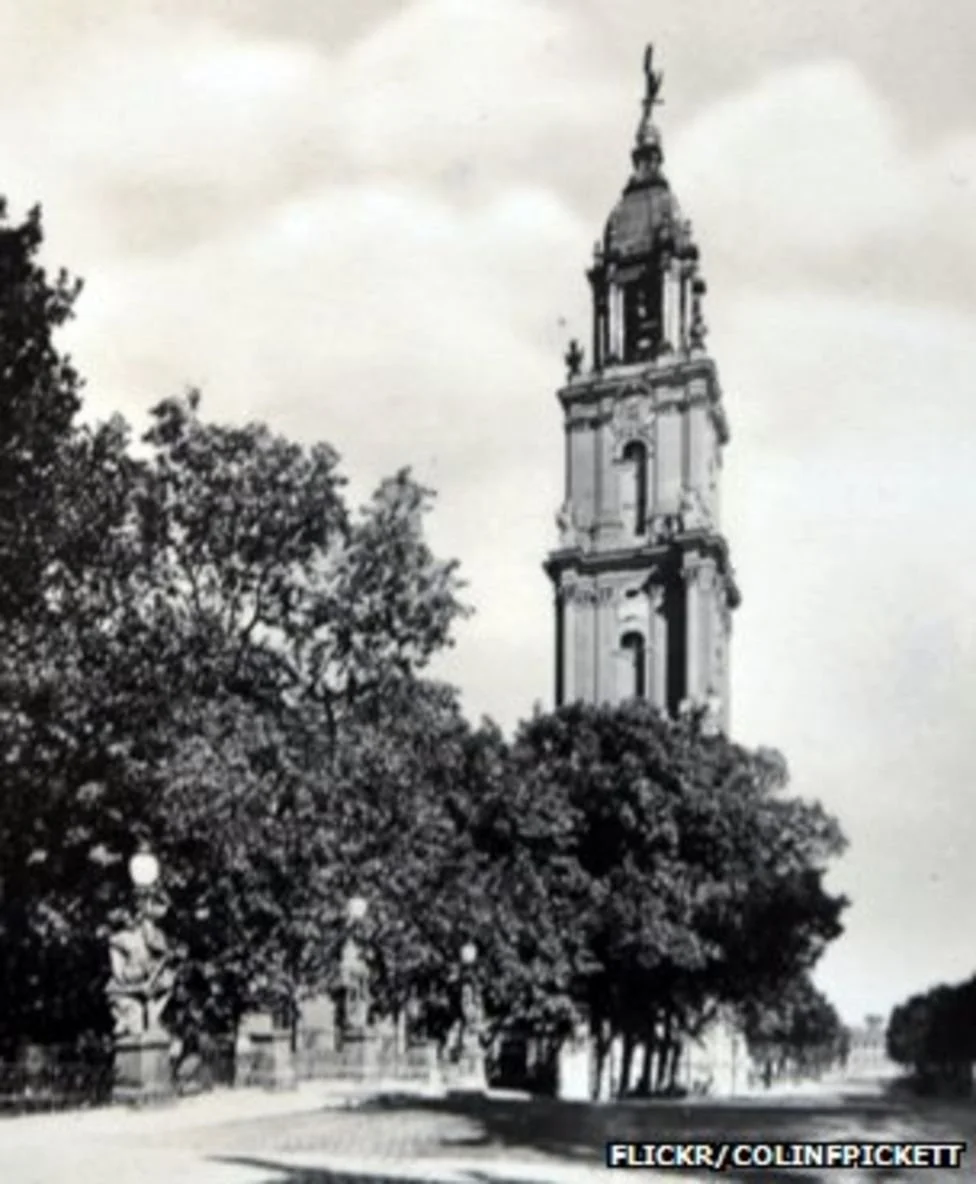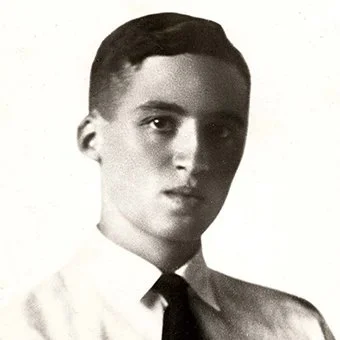The Third and Fourth Lessons: Where and How?
As noted in previous Historka posts, German General Henning von Tresckow had learned four important lessons from previous failed assassination attempts. The first lesson—When? Operation Valkyrie and the assassination of Adolf Hitler could not go forward until the German Armed Forces were clearly losing World War II. After D-Day on June 6, 1944, and heavy losses on the Eastern Front, timing of the Valkyrie assassination attempt became clear. It would need to happen in the summer of 1944 (see Historka, July, 2025).
The second lesson--Who? To help ensure success of the operation, the right man had to be chosen for the assassination job. Because of his regular access to Hitler in military briefings, his status as a wounded German military leader, his leadership within the Resistance and familiarity with Valkyrie, Col. Claus von Stauffenberg was the obvious choice as assassin. (See Historka, September, 2025)
Two lessons remained: Where? The actual site of the assassination attempt. And How? The method of attack.
Where? Wolf’s Lair
Wolf’s Lair or Wolfsschanze became Hitler’s base of operations for leading the war against the Soviet Union in 1941. The secretive and heavily fortified military headquarters was located in the countryside in East Prussia near the Soviet border. It was surrounded by the dense Masurian woods and edged by lakes and swampy areas. In territory that had been German before World War I, the site was close enough to the Eastern Front to direct military operations, but it was remote enough to escape detection by Soviet or Allied aircraft.
Over the next three years, nearly 200 buildings and facilities were constructed over an area of 6.5 kilometers, including an airstrip and railway platform, power plant, water processing plant, sewer system, and heating plant plus a communications bunker, mess hall, cinema, sauna, tea house, and sick bay as well as 50 reinforced bunkers, shelters, and work rooms.
https://wolfsschanze.pl/en/wolfs-lair-historical-photos/
Buildings were hidden under the forest canopy, covered by camouflage netting, and heavily fortified. As described by John Grehan: “Constructed of reinforced concrete, [bunkers] generally consisted of an inner core measuring around 6 metres in height containing a narrow corridor, off which a handful of small rooms could be accessed. Around that core, a massive concrete outer shell was added taking to total height up to 12 metres, with walls 6 metres thick and an additional 7 metres of foundations below ground.” (Hitler's Wolfsschanze: The Wolf's Lair Headquarters on the Eastern Front – An Illustrated Guide, Frontline Books, 2023: https://www.amazon.com/Wolfs-Lair-Hitlers-Headquarters-Illustrated-ebook/dp/B098PGM64N)
Thirty meter-long briefing rooms were made of solid brick, and living quarters were layered to protect against aerial bombing. The ceiling of Hitler’s bunker itself had an external five meter-thick shell and an internal two meter-thick lining. Gravel filled the space between the layers to cushion and protect the inner lining.
In his book, Grehan quoted German General Walter Warlimont: “’over the course of three years ‘Wolfsschanze’ was turned into a fortress; the barbed-wire fences and the minefields became thicker and the concrete blocks stuck up like the superstructures of old-style cruisers.’ In fact, through the period of its occupation, the site consumed nearly 175,000 cubic metres of concrete; mixed, poured and shaped by a permanent workforce of around 4,600 labourers.” (Hitler's Wolfsschanze: The Wolf's Lair Headquarters on the Eastern Front – An Illustrated Guide)
Security
Wolf’s Lair was divided into three security zones: The most interior Sperrkreis I housed Hitler’s own bunker and living quarters for some close aides, like Martin Bormann. Sperrkreis II included barracks for communications staff, SS, and Wehrmacht officers as well as flak batteries, watch towers, and antitank gun emplacements. The outermost Sperrkreis III provided heavy protection. Within five meter-wide rows of barbed-wire fencing were minefields, antiaircraft batteries, and antitank bunkers.
Camouflage was used widely. Artificial trees and netting hid roads and pathways within the complex. Moss and other plantings were added to the roofs of larger bunkers, and Luftwaffe reconnaissance aircraft regularly flew over the area to make sure none of the buildings could be seen from the air.
Maskowanie-bun kra-w-wilczym-sz ancu https://wolfsschanze.pl/en/wolfs-lair-historical-photos/
Firepower fluctuated over time but remained formidable: antiaircraft guns numbered between 30 and 31. At any given time, light machine guns of various types ranged in number from 32 to 110. There were also tank guns, heavy machine guns, antitank rifles, and long-barreled tank guns. Troops grew in number from nearly 1300 to more than 1500 in 1941.
Like other German Army HQ, Wolf’s Lair was integrated into the Air Fleet Reich early warning system and housed land troops as part of its defensive planning. The site had even more air defense. An Air Intelligence Detachment manned observation posts to watch for nearby airplanes as well as a signal corps to activate air alerts and a brigade of ground troops.
SS and Hitler’s personal security team policed the inner circle of the complex, supervising the changing of the guard and patrols, equipping the men who served on guard duty, and changing passwords. Permanent guards were posted at or patrolled Hitler’s bunker day and night, monitoring entrances to the bunker itself as well as the coal storage room, restricting unauthorized personnel and supervising repairmen or craftsmen, challenging unauthorized personnel for their papers and escorting them to the leader of the duty. If found on the grounds without a pass or the proper password, a laborer or even a guard could be shot.
Routine
Wolf’s Lair was the site where many of the major later decisions about the war were made, such as orders for the siege of Leningrad and the ill-fated move against Stalingrad, during noon briefings usually held in bunkers used by Wilhelm Keitel or Alfred Jodl.
https://wolfsschanze.pl/en/wolfs-lair-historical-photos/
It was also Hitler’s main residence from 1941 to 1944. While living at the complex for nearly 800 days, Hitler kept to a regular schedule: A walk with his dog at 9:00 or 10:00 am, a review of the day’s mail at 10:30, a two-hour military operations briefing beginning at noon, lunch at 2:00 pm, and meetings about non-military matters until coffee at 5:00 pm. After a follow-up military briefing at 6:00 pm, dinner began at 7:30; afterward, films were shown in the cinema, and Hitler retired to his living quarters.
Despite the heavy security and nearly impenetrable fortifications, Wolf’s Lair was chosen as the site for Operation Valkyrie’s first step: the assassination of Adolf Hitler. Unlike the sites of previous failed assassination attempts, Hitler’s attendance at meetings and events was not happenstance; he adhered to a clear and regular schedule. His movements were not helter-skelter nor motivated by suspicion or paranoia; he felt protected, secure, and relaxed. The assigned assassin need not worry about gaining access; Stauffenberg was invited to share information at the military briefings as chief of staff of the Reserve Army. All he needed was the modus operandi—a specially designed explosive device.
How? A Bomb
Assassination by firearm was ruled out. The heavy security at Wolf’s Lair, plus the frequent and close inspections of visitors most likely would find any weapon carried on the grounds and disarm the bearer. Even if he could somehow smuggle a weapon past guards, Stauffenberg could not easily aim or shoot a firearm. Following the strafing attack in Tunisia in April, 1943, Stauffenberg’s left eye was removed, his right hand and two fingers from his left hand were surgically removed.
The modus operandi for the most recent assassination attempts on Hitler’s life was a grenade (see Historka, September 2025). Once again, Stauffenberg’s injuries precluded that choice. He could not quickly remove a grenade from a hiding spot or pull the pin while it remained hidden in his clothing.
The method of attack for Operation Valkyrie was an explosive device that could be hidden in a briefcase, carried by Stauffenberg into a military briefing, triggered to explode within minutes, and placed under a table close to where Hitler was standing.
The device actually included two time bombs that had been assembled from German-made plastic explosive. Both had two packs of the explosive material plus a detonator and a fuse within a capsule of acid. The fuse was timed to trigger explosion 10 minutes after the acid capsule was broken.
The bombs were placed in a briefcase Stauffenberg would carry to a briefing at Wolf’s Lair. Minutes before the planned explosion, he had to activate at least one of the devices by crushing the glass capsule and releasing the acid.
Plans were ready for Operation Valkyrie
Sources:
Margaritoff, Marco. "Go Inside The Wolf’s Lair, Hitler’s Massive Command Center On The Eastern Front." AllThatsInteresting.com, first published on August 25, 2021, updated on December 2, 2022. https://allthatsinteresting.com/the-wolfs-lair. Accessed October 30, 2025.
https://allthatsinteresting.com/the-wolfs-lair
Wolf's Lair: Hitler's secret reinforced bunker where he planned the greatest evils of WWII
Wolf's Lair 033. Source: https://commons.wikimedia.org/wiki/File:Poland._K%C4%99trzyn._Gier%C5%82o%C5%BC._Wolf%27s_Lair_033.JPG
https://www.historyskills.com/classroom/year-10/hitler-s-wolf-s-lair/
John Grehan: Hitler's Wolfsschanze: The Wolf's Lair Headquarters on the Eastern Front – An Illustrated Guide, Frontline Books, 2023: https://www.amazon.com/Wolfs-Lair-Hitlers-Headquarters-Illustrated-ebook/dp/B098PGM64N
Peter Hoffman: Hitler’s Personal Security, Da Capo Press, 2000.
K. Macindoe: The Forgotten Faces of Operation Valkyrie: Major-General Henning von Tresckow and General Friedrich Olbricht in the July 20 Plot to Assassinate Hitler, University of Washington Eagle Scholar, 29 April 2016
Roger Moorhouse: The Wolf's Lair: Inside Hitler's Germany Paperback – September 5, 2018 https://www.amazon.com/Wolfs-Lair-Inside-Hitlers-Germany/dp/172004791X/ref=sr_1_1?crid=1FLOFNUIYD2OT&dib=eyJ2IjoiMSJ9.G67-vRFizrAk9EsITwTyYpwm4VdhRQTPnrYmfHoUGr_GjHj071QN20LucGBJIEps.66t0ra8B2usLnTpM8xQ8YTRz5CBMVh4JMFNr2vPYZjU&dib_tag=se&keywords=roger+moorhouse+wolf%27s+lair&qid=1762186667&s=books&sprefix=roger+moorhouse+wolf%27s+lair%2Cstripbooks%2C763&sr=1-1
Cambridge University Library |
https://www.lib.cam.ac.uk/collections/departments/germanic-collections/about-collections/spotlight-archive/operation-valkyrie
Wikipedia https://en.wikipedia.org › wiki › 20_July_plot
Nigel Jones: Countdown to Valkyrie, Frontline Books, 2008.



